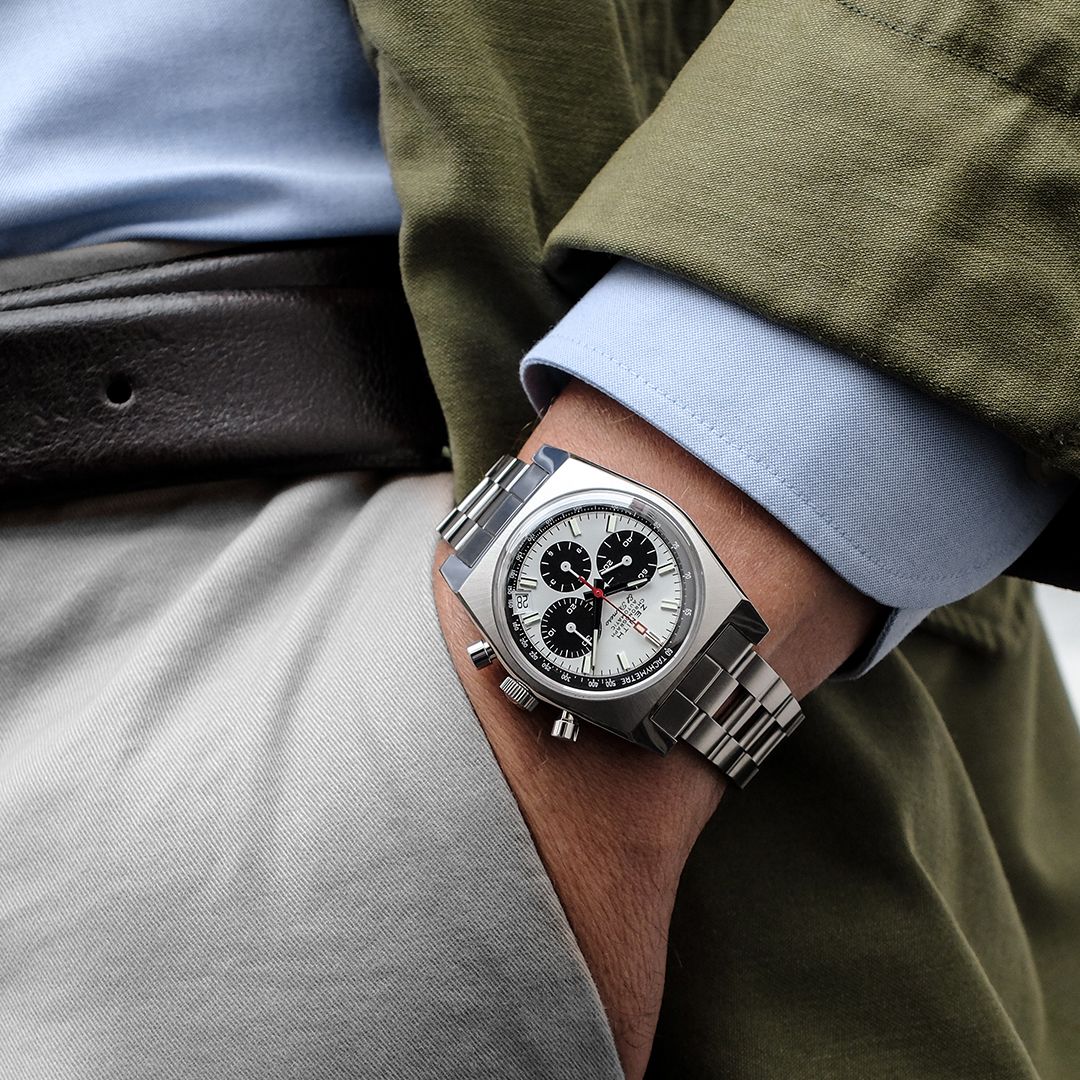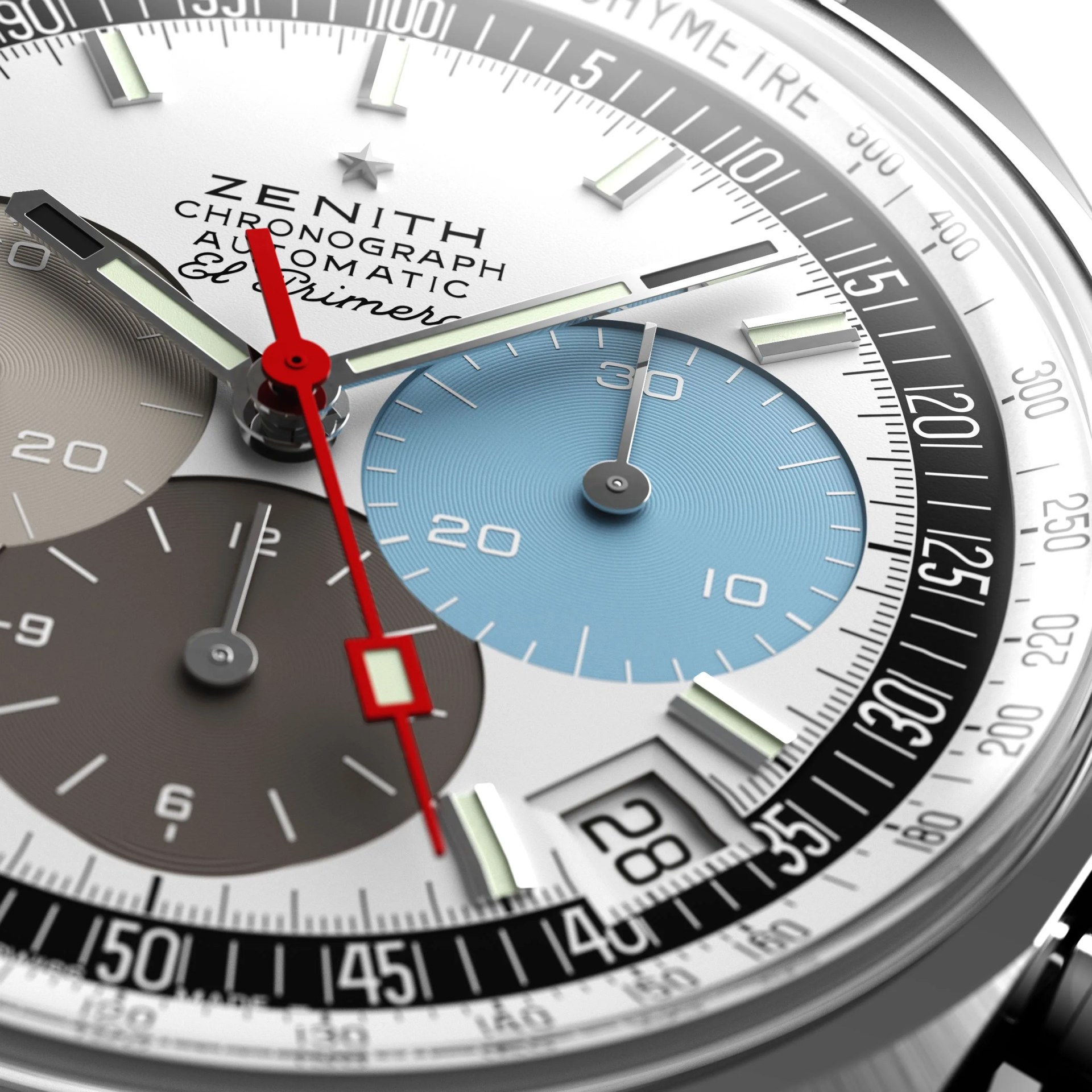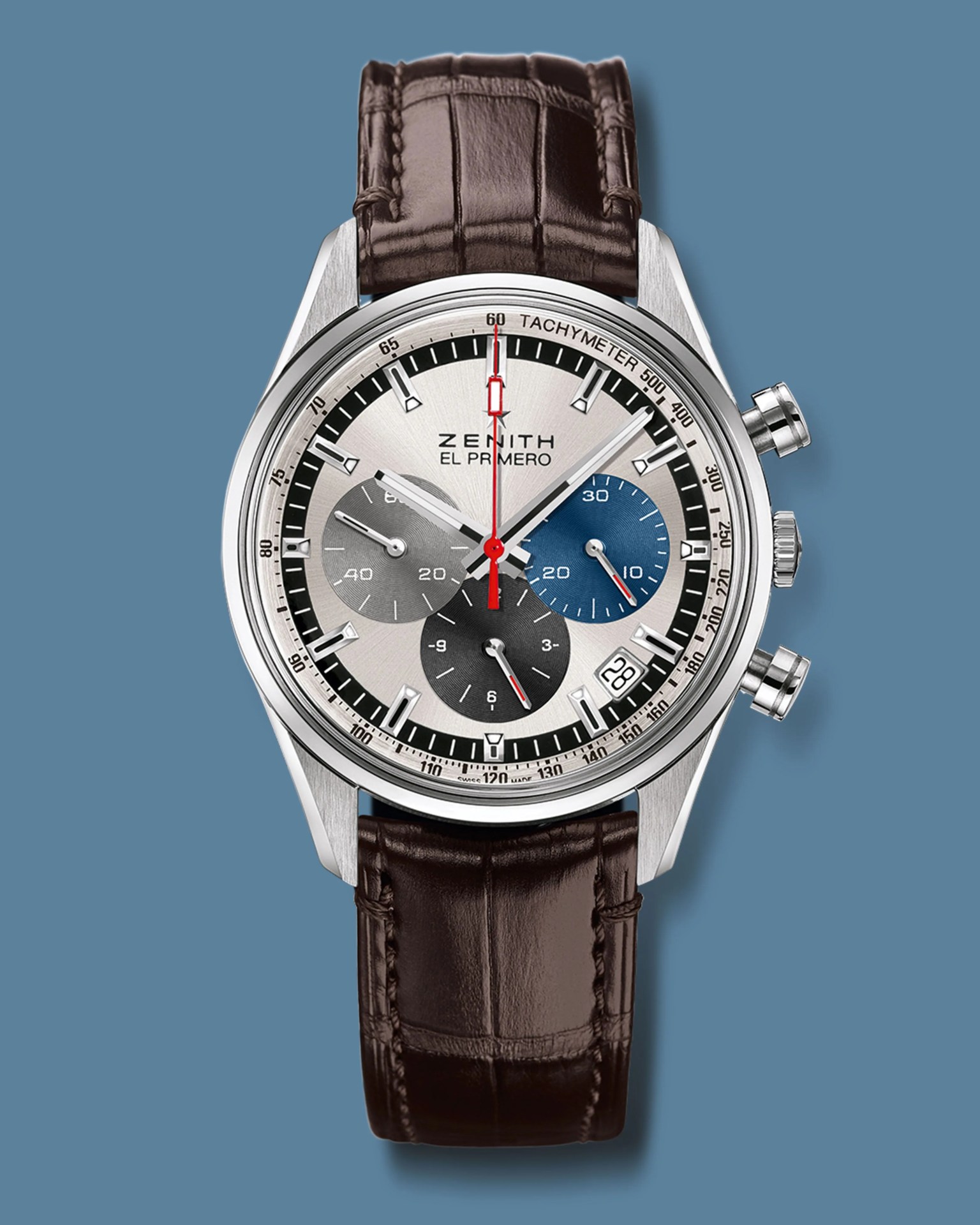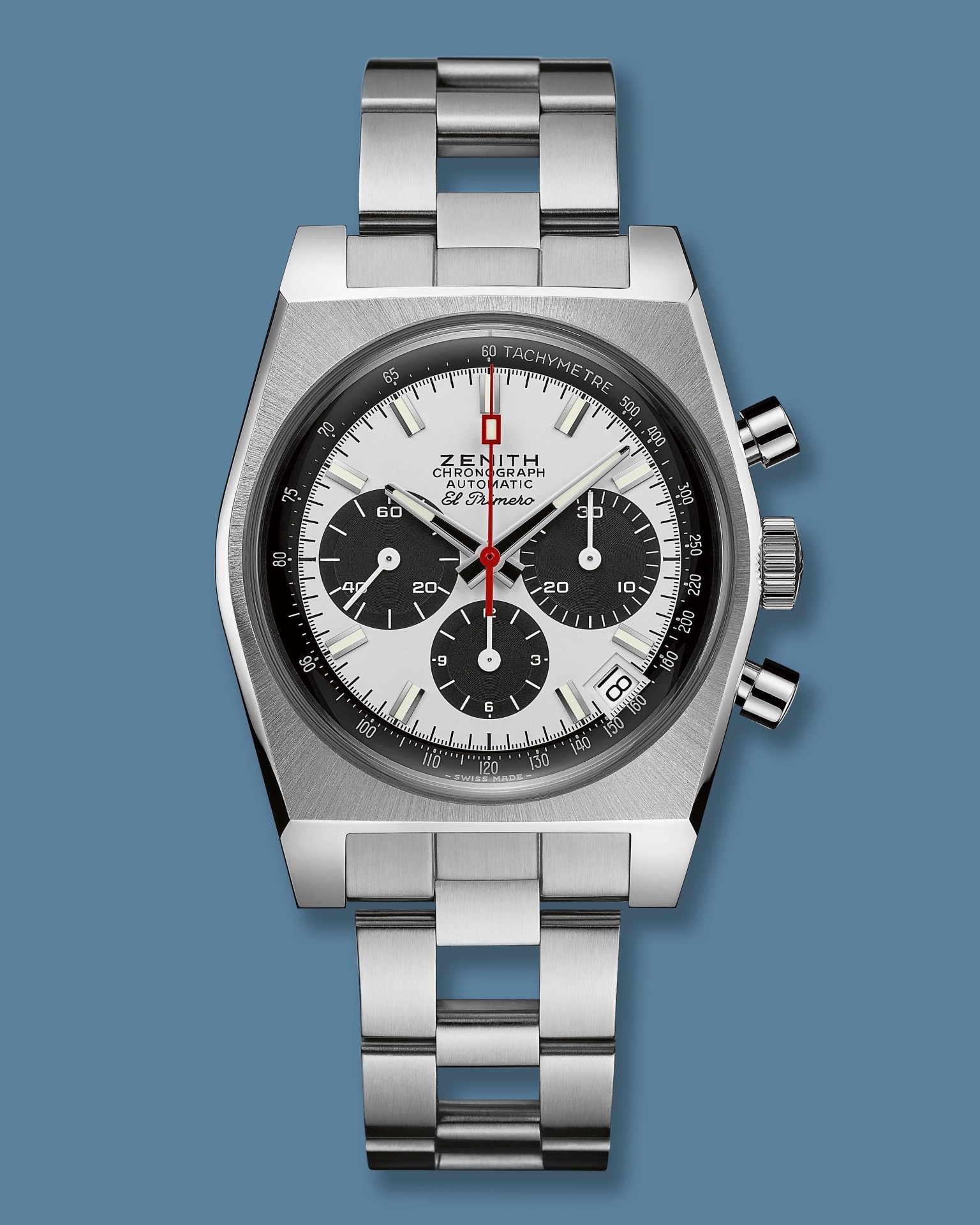Welcome to Watches You Should Know, a biweekly column highlighting important or little-known watches with interesting backstories and unexpected influence. This week: the Zenith El Primero.
Imagine a time before quartz watches, when the technology of timekeeping was still springs and gears made in workshops in the Swiss mountains. While the Americans and Russians were racing to put men into space, a different sort of race was going on between watch companies sprinting toward the milestone of the first self-winding, or automatic, chronograph. The main players were a consortium of companies with mutual interests: Heuer, Buren-Hamilton, Breitling and Dubois-Depraz. In the Far East, Seiko was working on its own version. And then there was the dark horse from Le Locle: Zenith.
No matter how you frame the discussion, the debate over who created the first automatic chronograph is a heated one. One path to clearing confusion is to say that Zenith produced the very first Swiss-made, fully integrated automatic chronograph — the El Primero.
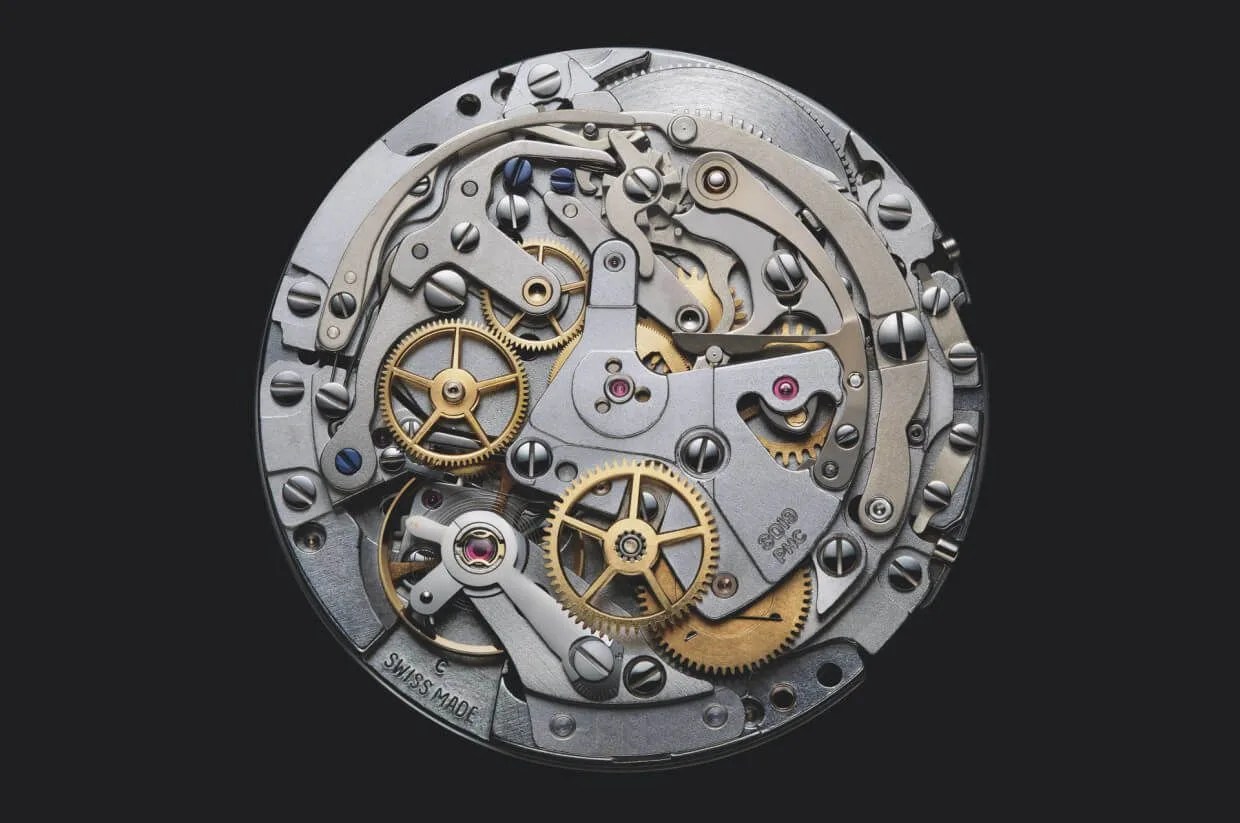
The History and the Debate
Whether or not the so-called Chrono-matic group — Hamilton-Buren, Breitling, Heuer, and Dubois-Dupraz — or Seiko actually beat the El Primero to market is not important. What’s important is this: the Zenith movement that resulted seven years after the journey began in 1962 is arguably still the best automatic chronograph in its price range decades years later.
While we would never take anything away from the innovations of Seiko and the Chrono-matic group, neither of their movements lasted very long after their 1969 debuts. The Seiko caliber 6139 went out of production in 1980; the Chrono-matic Caliber 11, due to a weak rotor and a mainspring with too much strength, needed to be upgraded within a year of its production. If you want to get technical, the El Primero went out of production in 1975, but that was due to Zenith Radio Corporation shifting its focus to quartz. The El Primero was relegated to the shelves, and Zenith watches entered a dark age.
